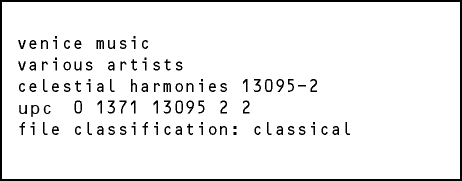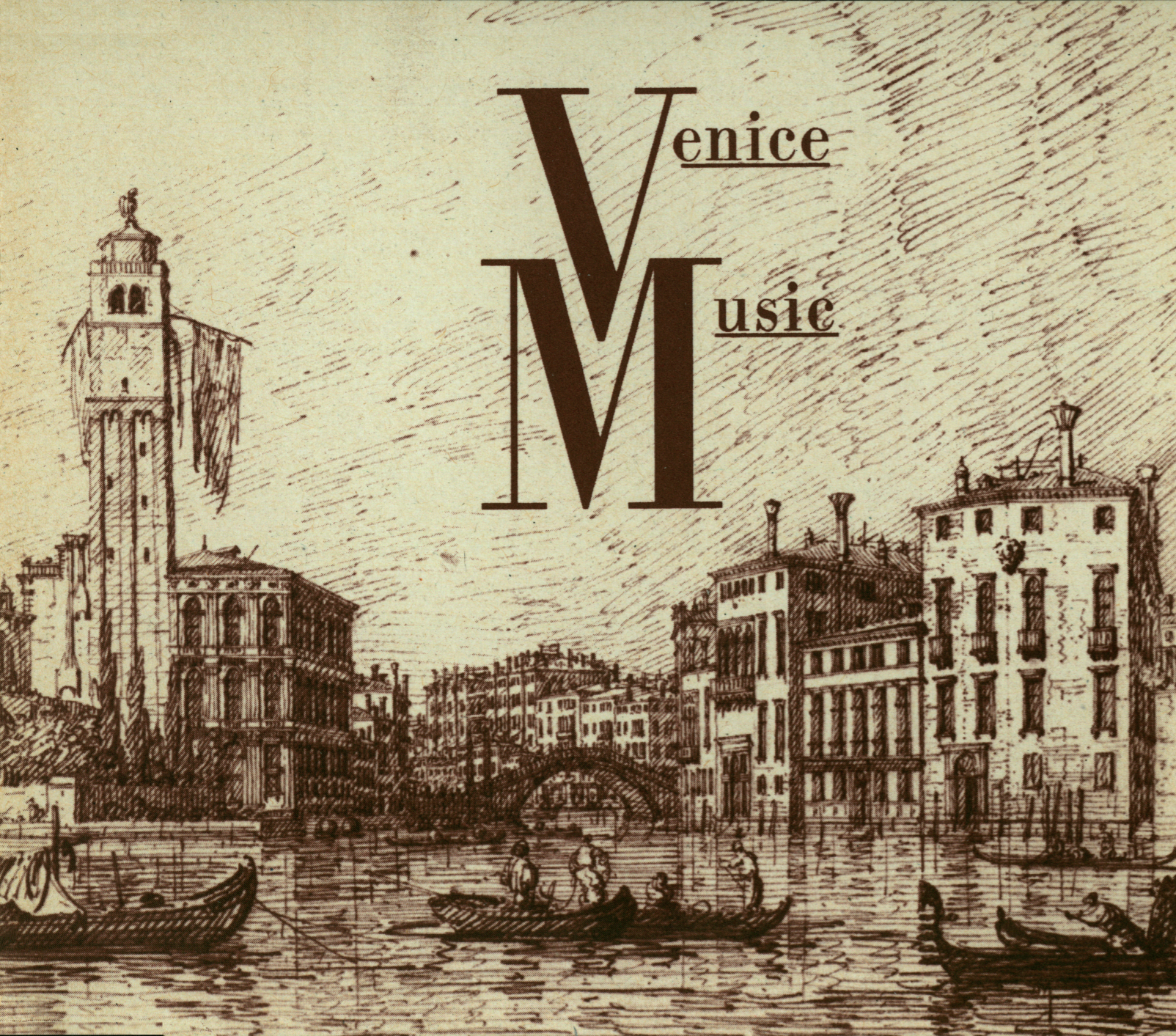 |
|||||||||||||||||||||||||||||||||||||||||||||||||||||||||||||||||||||||||||||||||||||||
 
Venedig. Keine andere Stadt hat so lange und nachhaltig Kunst, Musik und Dichtung beeinflusst. Mit dem Musikverlag der Petrucci begann vor 500 Jahren ein ständiger Aufstieg zur ersten Musikstadt Europas. Die bedeutendsten Komponisten Italiens, der Niederlande und Deutschlands kamen in den legendären Stadtstaat. Adriaan Willaert führte am St. Markus Dom die Echochöre (cori spezzati) ein, Andrea und Giovanni Gabrielle verfeinerten die Technik zum ersten „Dolby Surround“ Effekt. Orlando di Lasso und Heinrich Schütz machten die in Venedig praktizierte polyphone Vokalkunst in Deutschland populär. Mit Claudio Monteverdi ging der Trend um 1600 in Richtung Oper. Antonio Vivaldi schließlich rückte zum Beginn des 18. Jahrhunderts Venedig noch einmal ins Zentrum des musikalischen Interesses. Der Hamburger Monteverdi Chor, die Münchner Cappella Antiqua, das Wiener Blockflötenensemble u.a. lassen von Willaert bis Vivaldi 200 Jahre venezianischer Musikgeschichte lebendig werden. the projectIt is amazing to think of music being made in
stereo in the 16th century, but that is what was happening in
Venice. The dramatic acoustics of St. Mark's Cathedral, one of the
architectural wonders of Venice, gave Venetian composers the opportunity
to create a type of space music in which singers were placed
in different galleries in the church, and instructed to perform antiphonally—in
stereo, if you like—with one group echoing or answering
another. From haunting choral prayers to outrageously colorful and
joyous songs, Venice Music includes numerous examples of this
remarkable style, and presents a musical picture of a city whose artistic
life reached a level rarely matched by the greatest cities of the
world.
Some of the greatest composers of the 16th and 17th centuries are included in Venice Music: Adriaan Willaert, Andrea Gabrieli, and Giovanni Gabrieli brought the antiphonal style to a remarkable pinnacle. In fact, in Giovanni Gabrieli's works, his use of multiple choirs anticipated the surround–sound effect of modern movie theaters by four hundred years! Venice maintained strong ties to Germany as well, and the "prince of music", Orlando di Lasso, was closely linked to Venetian music from his Munich base. Germany's first native composer of international stature, Heinrich Schütz, is similarly connected with the Venice tradition. Venice Music also includes two of the pivotal composers of the 18th century, whose work kept Venice at the forefront of European music long after the echo style had died out. Claudio Monteverdi and Antonio Vivaldi remain two of the cornerstones of classical music; Monteverdi is represented by some of his grand and exuberant Vespers, and two of Vivaldi's delightful concertos are included. Like its painters, Venice's musicians developed a style that was immediately identifiable; and like their artistic counterparts, the Venetian composers produced some of the most striking, dramatic, and colorful works in all of Europe. Venice Music presents classic recordings of some of the most profound and most extravagant contributions made by this single city–state, which helped shape the development of what we now accept as the great legacy of Western music. the artistsVenice Music presents some of Europe's finest choral and instrumental ensembles, including the world–renowned Concentus Musicus of Vienna, with conductor/harpsichordist Nikolaus Harnoncourt; the Capella Antiqua of Munich, directed by Konrad Ruhland; and such famed soloists as Frans Brüggen and Anner Bylsma. Many of these recordings are acknowledged classics and have been unavailable on compact disk until now. tracklist
|
|||||||||||||||||||||||||||||||||||||||||||||||||||||||||||||||||||||||||||||||||||||||
|
|
|||||||||||||||||||||||||||||||||||||||||||||||||||||||||||||||||||||||||||||||||||||||
 |


